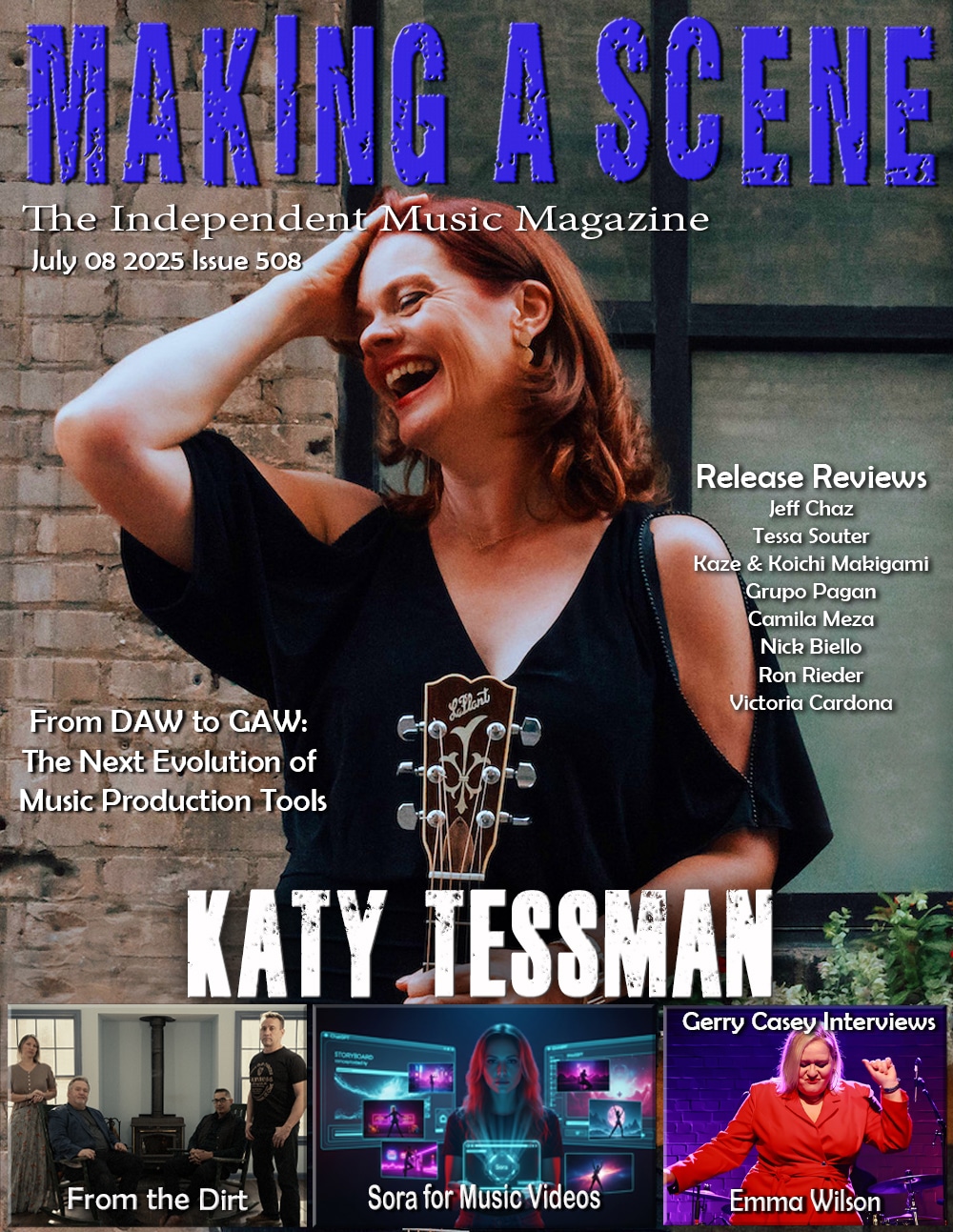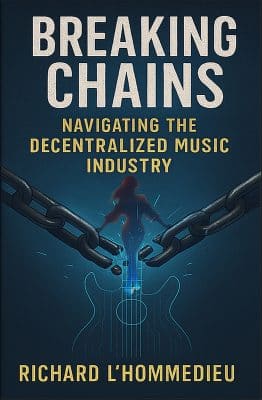Eberhard Weber Once Upon a Time Live in Avignon
Once Upon a Time Live in Avignon
ECM
Bassist Eberhard Weber has been recording since the mid-1970s back in the dark ages when this writer was just beginning his now-retired radio career. Perhaps that’s why we are taking up for the first time a review of a solo bass album. You may not think there are many of them but just within the last couple of months ECM also issued Overpass by Mark Johnson. According to the Free Jazz Collective blog, there are well over 20 solo bass albums, among them those from Ron Carter, Dave Holland, Miroslav Vitous, previous releases from Weber, and William Parker, to mention some of the more notable names. Weber though is a special case, as bandleader, solo act, or collaborator who has remarkably remained on the ECM since his highly acclaimed 1973 debut The Colours of Chloë, which was as crucial in defining the “ECM sound,” (somewhere between jazz, new age, classical and prog rock) as any album in their iconic catalog. What was written about that album then – “picturesque, romantic, at times rhythmically involved, at others minimalistic and harmonically abstruse… It’s a brew that can bring to mind some of the progressive rock and fusion of the era, although Weber‘s vision is a good deal more idiosyncratic than that.” [All Music Guide]. Those same qualities apply some 48 years later, in a solo bass context no less with Once Upon a Time – Live in Avignon.
The seven tracks, one almost thirteen minutes in length are culled from one evening in southern France in 1994 during a series of solo bass concerts. The series of concerts were organized by Barre Phillips, who is generally credited as the first artist to record a solo bass album, so there was some self-interest involved we suppose. Weber hails from a different background than the mostly American bassists listed above, and his technique is singular as he himself explained in a 1994 interview – “When I was young, I envied all the American jazz players and wanted to play like them, without thinking too much about my roots – but they kept seeping into my music. Over the decades, I came to realize that I am a European. My family is European and I grew up listening to European classical music. I’m classically trained; that’s my background. So I’m not a jazz bassist – I play European improvised music!” So, in a similar way that guitarist Bill Frisell or the renowned bassist Jaco Pastorius mastered the use of effects, Weber does the same with his five-string hybrid described at the time by the Financial Times as – “the five string contraption has no body but is played through an electronic ‘delay’, controlled by foot pedals. This gives Weber the ability to play a five-second sample, which repeats ad infinitum and onto which phrase after phrase can be pasted. In short, Weber improvises to his own accompaniment, setting down slavish rhythm, chords and harmonies, creating a live dialogue with himself.”
Most of the music he preforms in this live show are drawn from Orchestra (1988) and Pendulum (1993), the two albums that preceded his 1994 tour. It was on Pendulum when Weber started using overdubs more frequently. In this concert he blends the textural qualities of Orchestra with the harmonic strengths of Pendulum almost in the manner of two or more musicians creating this higher pitched, more melodic bass sound. He opens with “Pendulum” setting a reflective mood that also imbues “Silent for A While” and “Air”. The former uses triad-based patterns while the latter two play more linearly. The almost 13-minute “Trio for Bassoon and Bass” relies on the loop patterns described above as does “Deliirum.” The former was a new piece for him at the time as was his rendition of the standard “My Favorite Things,” which may be the best example for newer or casual listeners to appreciate Weber’s stunning command of his instrument – stumming patterns, inventive chord, and although a shorter version than that of Coltrane or others, filled with plenty of improvisation as it builds in intensity, eliciting a most enthusiastic audience response. The most straight-ahead, effects free piece is another crowd pleaser, “Ready Out There,” which gives further insight into his lyrical side but especially his flair for complex rhythm patterns as he sounds like a bassist and percussionist simultaneously.
If you’ve read this far, you now understand how Weber can deliver his one-man show but even with such background, you’ll marvel at how his music can move in fascinating directions.
- Jim Hynes
Buy Us a Cup of Coffee!
Join the movement in supporting Making a Scene, the premier independent resource for both emerging musicians and the dedicated fans who champion them.
We showcase this vibrant community that celebrates the raw talent and creative spirit driving the music industry forward. From insightful articles and in-depth interviews to exclusive content and insider tips, Making a Scene empowers artists to thrive and fans to discover their next favorite sound.
Together, let’s amplify the voices of independent musicians and forge unforgettable connections through the power of music
Make a one-time donation
Make a monthly donation
Make a yearly donation
Buy us a cup of Coffee!
Or enter a custom amount
Your contribution is appreciated.
Your contribution is appreciated.
Your contribution is appreciated.
DonateDonate monthlyDonate yearlyYou can donate directly through Paypal!
Subscribe to Our Newsletter
Order the New Book From Making a Scene
Breaking Chains – Navigating the Decentralized Music Industry
Breaking Chains is a groundbreaking guide for independent musicians ready to take control of their careers in the rapidly evolving world of decentralized music. From blockchain-powered royalties to NFTs, DAOs, and smart contracts, this book breaks down complex Web3 concepts into practical strategies that help artists earn more, connect directly with fans, and retain creative freedom. With real-world examples, platform recommendations, and step-by-step guidance, it empowers musicians to bypass traditional gatekeepers and build sustainable careers on their own terms.
More than just a tech manual, Breaking Chains explores the bigger picture—how decentralization can rebuild the music industry’s middle class, strengthen local economies, and transform fans into stakeholders in an artist’s journey. Whether you’re an emerging musician, a veteran indie artist, or a curious fan of the next music revolution, this book is your roadmap to the future of fair, transparent, and community-driven music.
Get your Limited Edition Signed and Numbered (Only 50 copies Available) Free Shipping Included
Discover more from Making A Scene!
Subscribe to get the latest posts sent to your email.










